[ad_1]
Container gardening fits quite a few scales and circumstances, from small-space gardening to accessible alternate options to together with architectural styling and planting designs. It permits us to perform specimens as focal components or create limitless preparations for coloration, texture, fragrance, and culinary delight.
Parting with these beloved preparations come winter could be too troublesome, notably when there are years of life left in a plant. For lasting preparations, appropriate overwintering is important for the proper likelihood of success in preserving the alternatives.
From perennials to shrubs to bushes, simple, inventive insulating methods provide security in the direction of winter extremes. These aren’t foolproof, notably in variable conditions and frigid climates, nevertheless they’re value a try to provide your favorites the proper foundation to endure chilly local weather.
Overwintering Fundamentals
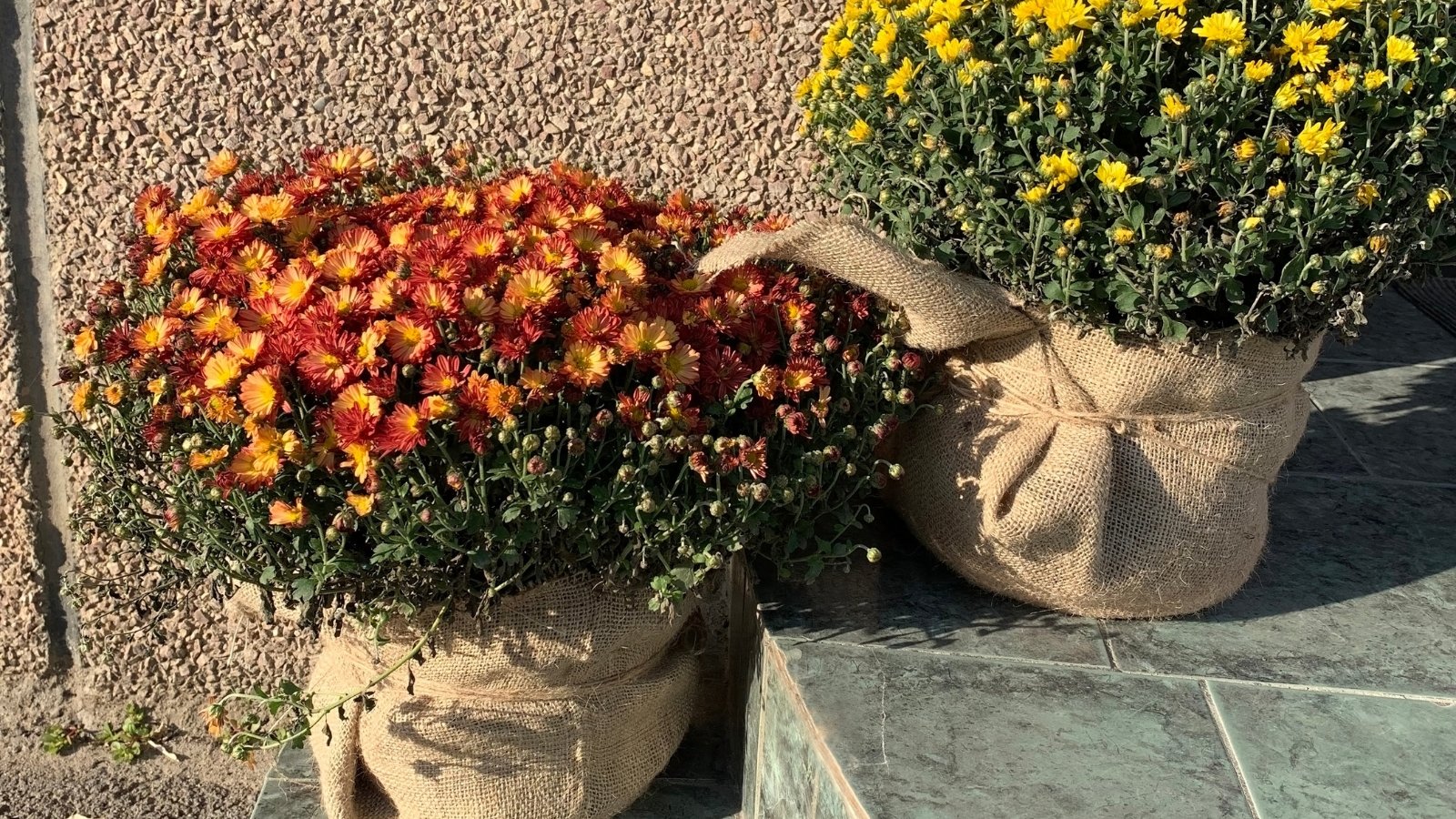

In overwintering, the primary function is to protect the roots and crown from extreme temperatures, frost, winds, and winter photo voltaic. Roots are further inclined to interrupt in a container than these inside the flooring.
Container vegetation lack the benefit of surrounding soil mass, which provides insulation. Because of their above-ground siting, solely a thin wall protects roots from surrounding air temperatures. The soil is vulnerable to frost heaving, leading to root disturbance and damage.
In delicate climates, insulation may comprise a thermal blanket or burlap cowl all through chilly snaps and windy spells. In colder climates, further security is necessary to thrust again damage.
Ideas for overwintering potted vegetation:
- Put collectively tropicals and annuals sooner than your first fall frost date and tender, borderline hardy selections shortly after.
- Picket, metal, plastic, and glazed pots are a lot much less vulnerable to cracking than porous clays and terracotta. Current additional security, like a wrap, for porous provides.
- Larger containers with further soil mass overwinter greater than small ones.
- Water by frost. Then, study moisture every few weeks and water typically if overwintering undercover.
- Overwintered growers may break dormancy prior to their outdoor counterparts. Harden them off for spring by frequently eradicating winter security.
Get pleasure from Them Indoors
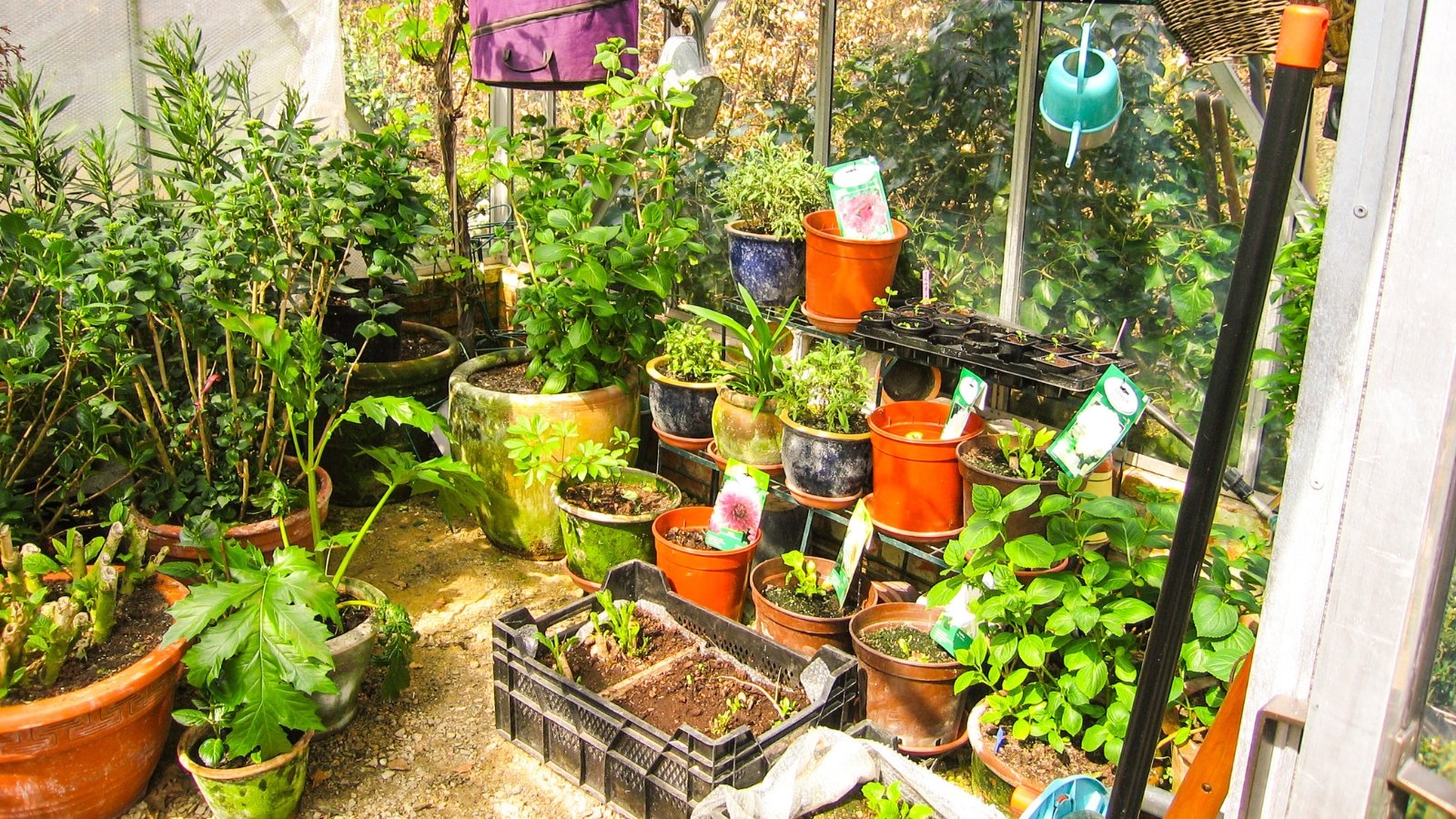

Warmth up the interior-scape by shifting tropicals, herbs, and select annuals indoors sooner than the first frost. Hanging baskets and pots develop the houseplant jungle. Counting on the specimen’s requirements, they’ll need shiny, indirect gentle or a sunny spot near a window.
Protect them out of heating and cooling drafts and away from fireplaces. Progress may naturally gradual as seasonal conditions change, nevertheless it may resume in spring.
Tender perennials, shrubs, and bushes can take shelter in an unheated home like a storage, basement, shed, or chilly physique. An enclosed home presents the proper security in the direction of winter elements and the proper likelihood of survival.
The right indoor temperature range is between 30-40°F (-1-4°C). The overwintering company revenue from a bit of bit pure gentle in these areas, so house home windows or skylights are highest. With out pure moisture from rain or snow, they require occasional watering so roots don’t dry out completely. As quickly as a month is often satisfactory.
Dig In
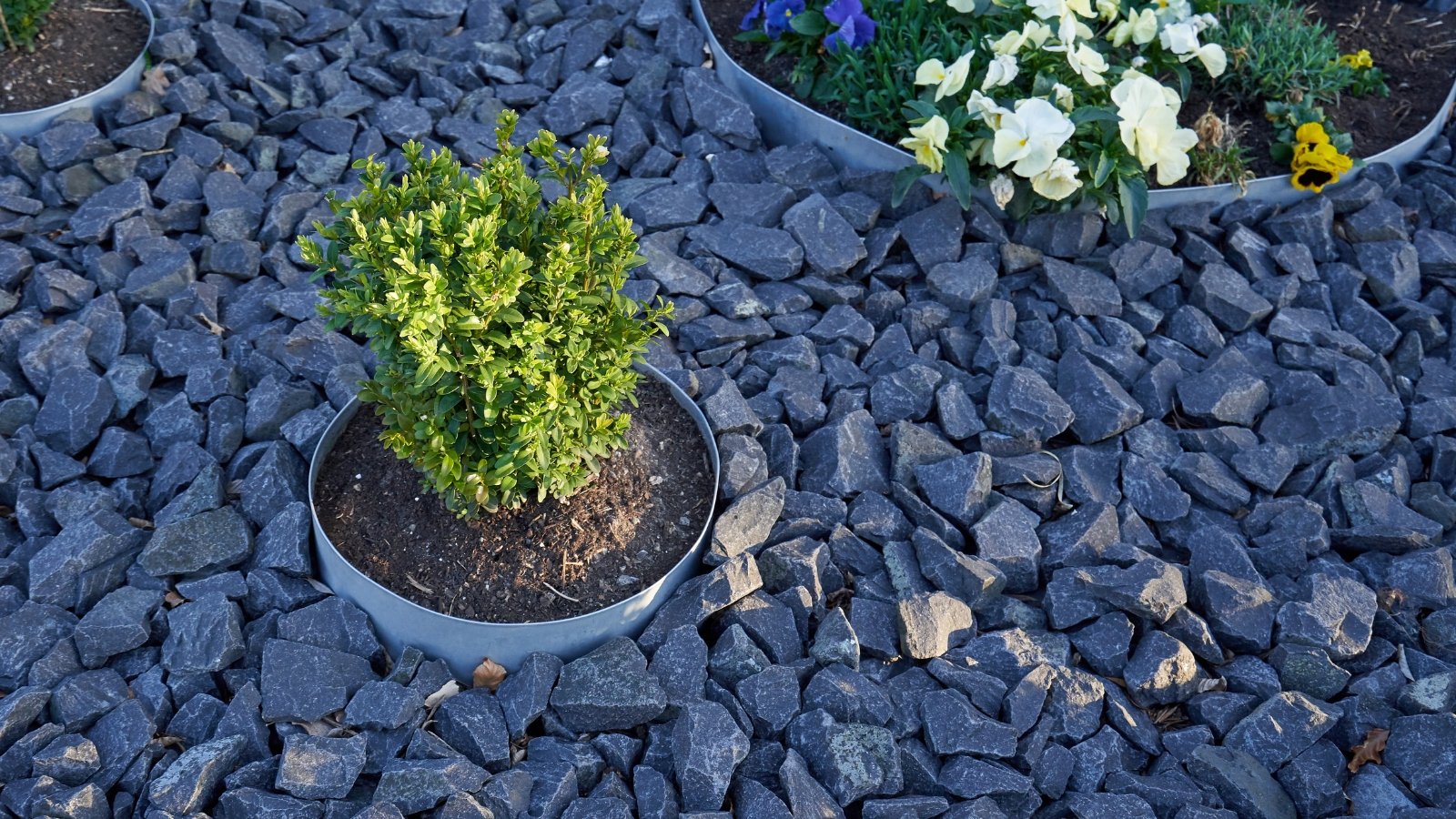

Whenever you’ve bought the home, take into consideration digging a spot for the container to expertise out the season open air. Dig a giant adequate hole to accommodate your total pot, and situate it so the rim is solely above the soil line. Return the surrounding soil to bury the pot.
This technique mimics in-ground planting and provides the warming soil mass that above-ground containers lack. Add a generous layer of mulch throughout the prime of the pot for added security.
Nestle In Groups
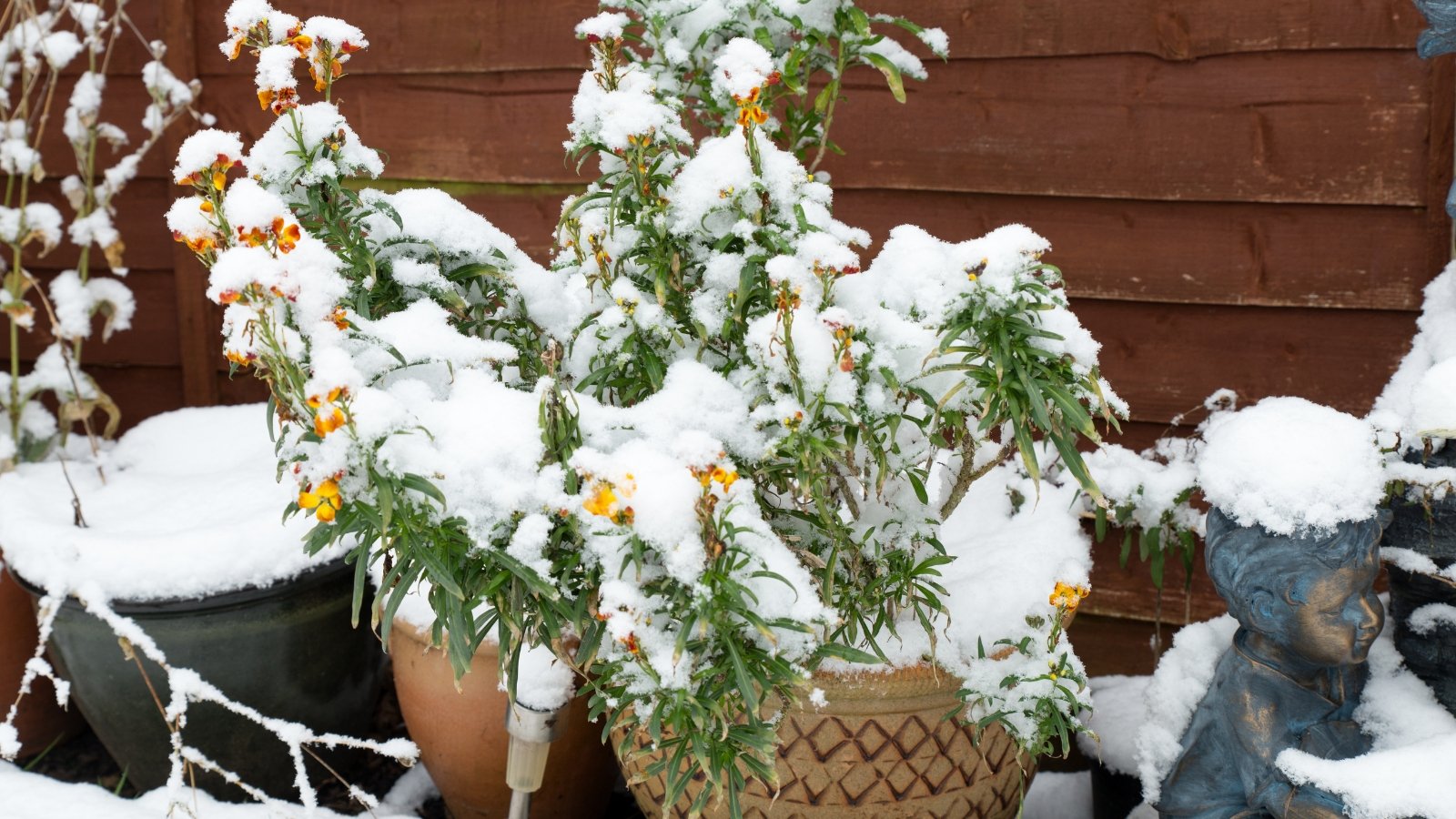

Whenever you’ve bought a variety of containers, cluster and huddle them collectively for insulation. Place primarily probably the most tender selections and/or smaller pots inside the group’s coronary heart. Embody them with the hardier specimens and larger containers.
Group them in the direction of the wall of a setting up, building, or evergreen hedge for protection from winter winds and extreme temperatures. Insulate with mulch like shredded bark, woodchips, straw, or leaves.
Wrap Them Up
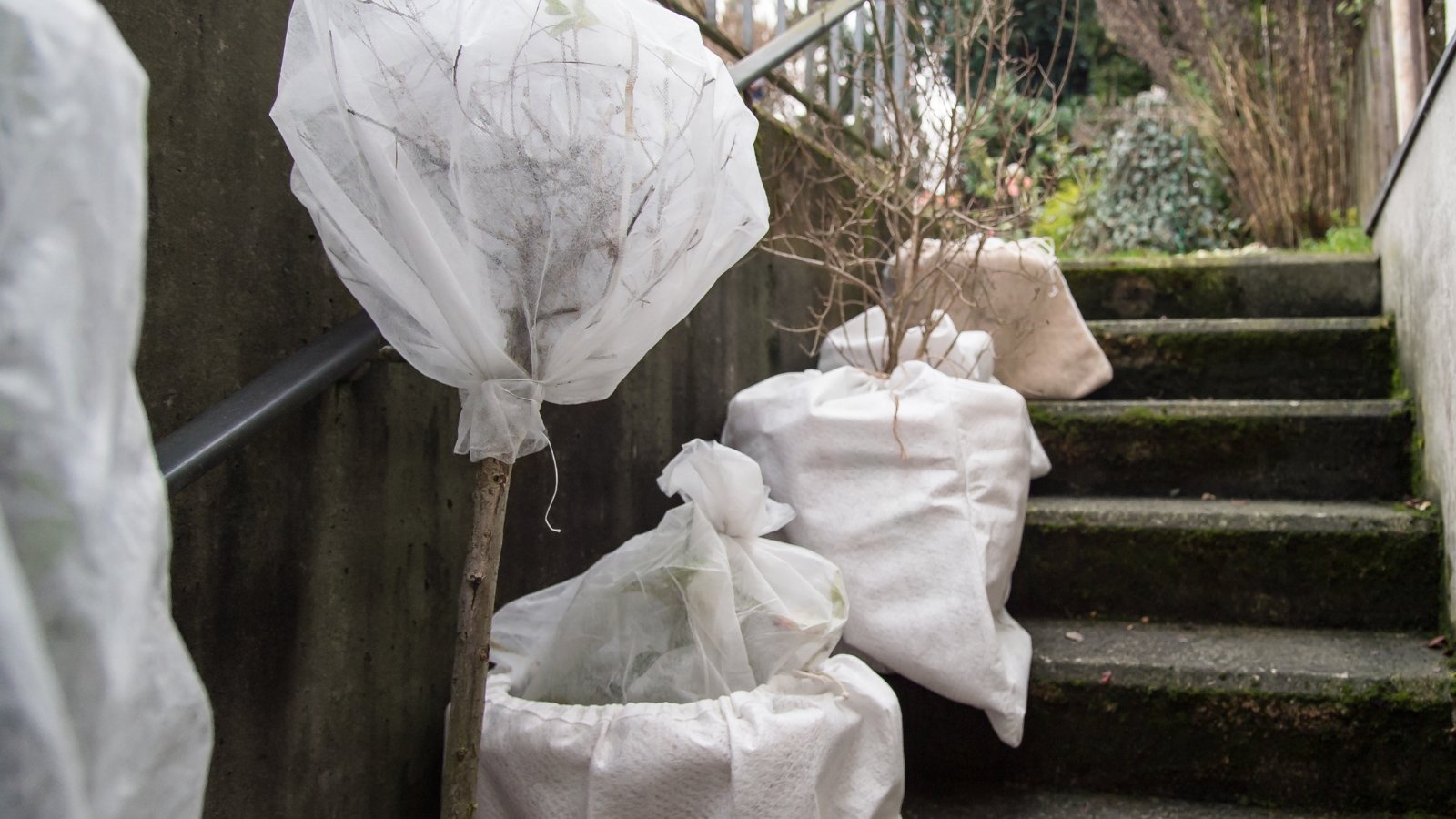

Whether or not or not nestled collectively or standing as single-potted specimens, an insulating wrap protects the roots. All through extreme chilly snaps, wrap every the containers and uncovered plant elements in frost material, fleece, thermal, or frost blankets. Excessive singular vegetation with a frost-cloth cowl, cloche, or recyclable bottle or milk jug for an easy off-an-on topper.
Some gardeners wrap their pots in layers of plastic bubble wrap (not lower than three layers thick), insulating foam, or burlap secured with plastic wrap for the season. Wrapping prevents the container from cracking whereas providing one other layer in the direction of chilly air temperatures. Any lined plan elements need breathable supplies to remove all through daylight or as soon as they get moist.
Create a Cozy Subject
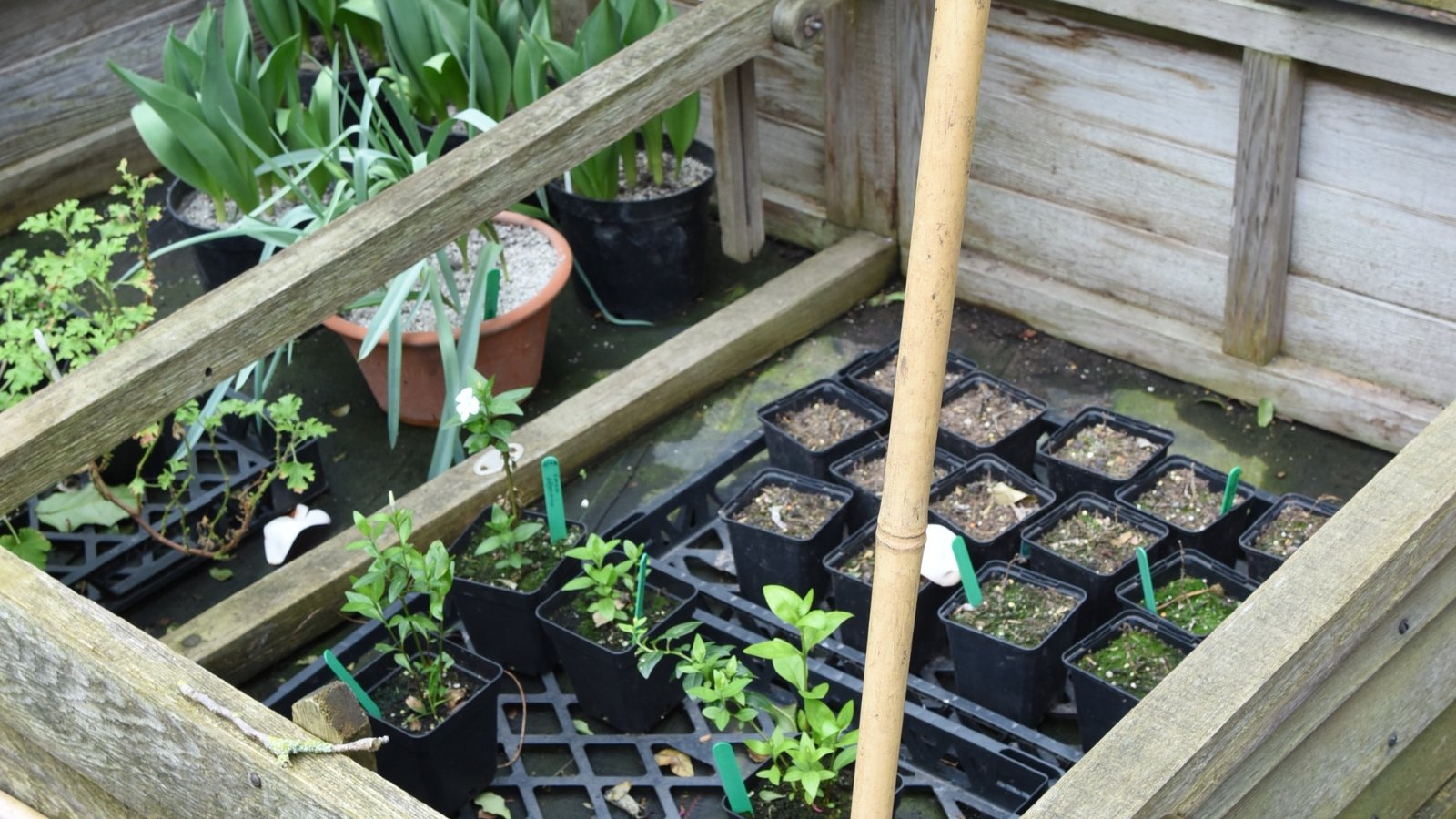

Assemble a simple physique spherical clustered groups and fill it with insulating provides for easy security. Use rooster wire, cattle fencing, fence panels, boards, or provides spherical the house to create a basic extreme border.
A vital step is filling the sector or physique with insulating mulch, leaves, compost, or additional baggage of soil. Layers of evergreen boughs spherical and atop the pots work successfully, too.
For individuals who don’t have the time or means to assemble a physique, you can purchase kits on-line. You’ll nonetheless need to hunt down strategies to insulate it in very chilly local weather.
Leaf Bag Insulation
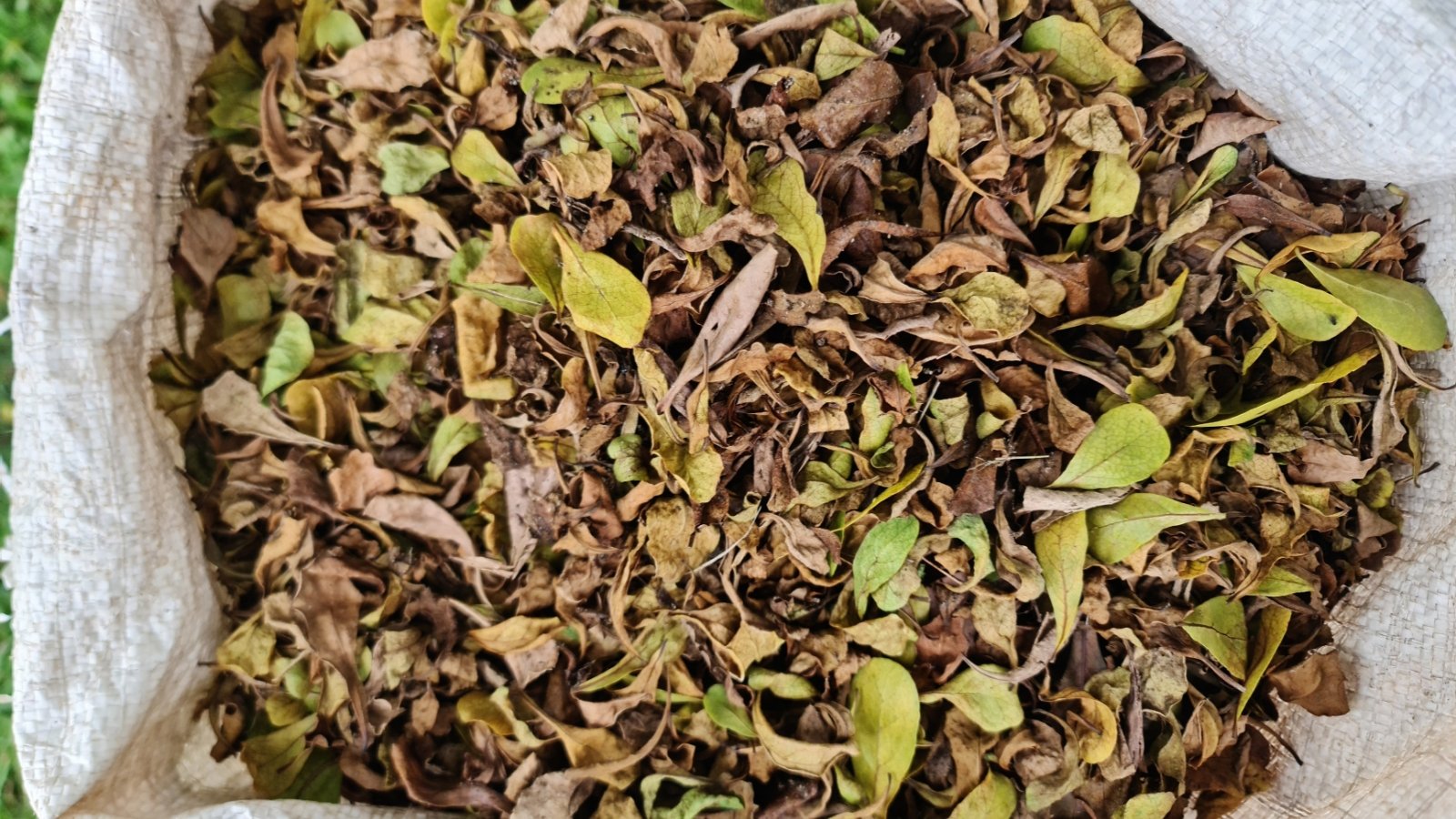

Have additional fall leaves? For individuals who’ve already made primarily probably the most of autumn’s pure leaf drop and nonetheless have a bounty of leaves, fill a few baggage not for hauling away nevertheless for insulating outdoor growers.
Leaf baggage create an insulating boundary spherical vessels and borderline hardy in-ground shrubs, too. Line baggage throughout the specimen for added warmth. Or, pile leaves spherical crowns and sides to buffer freezing temperatures.
DIY Quick-term Chilly Physique
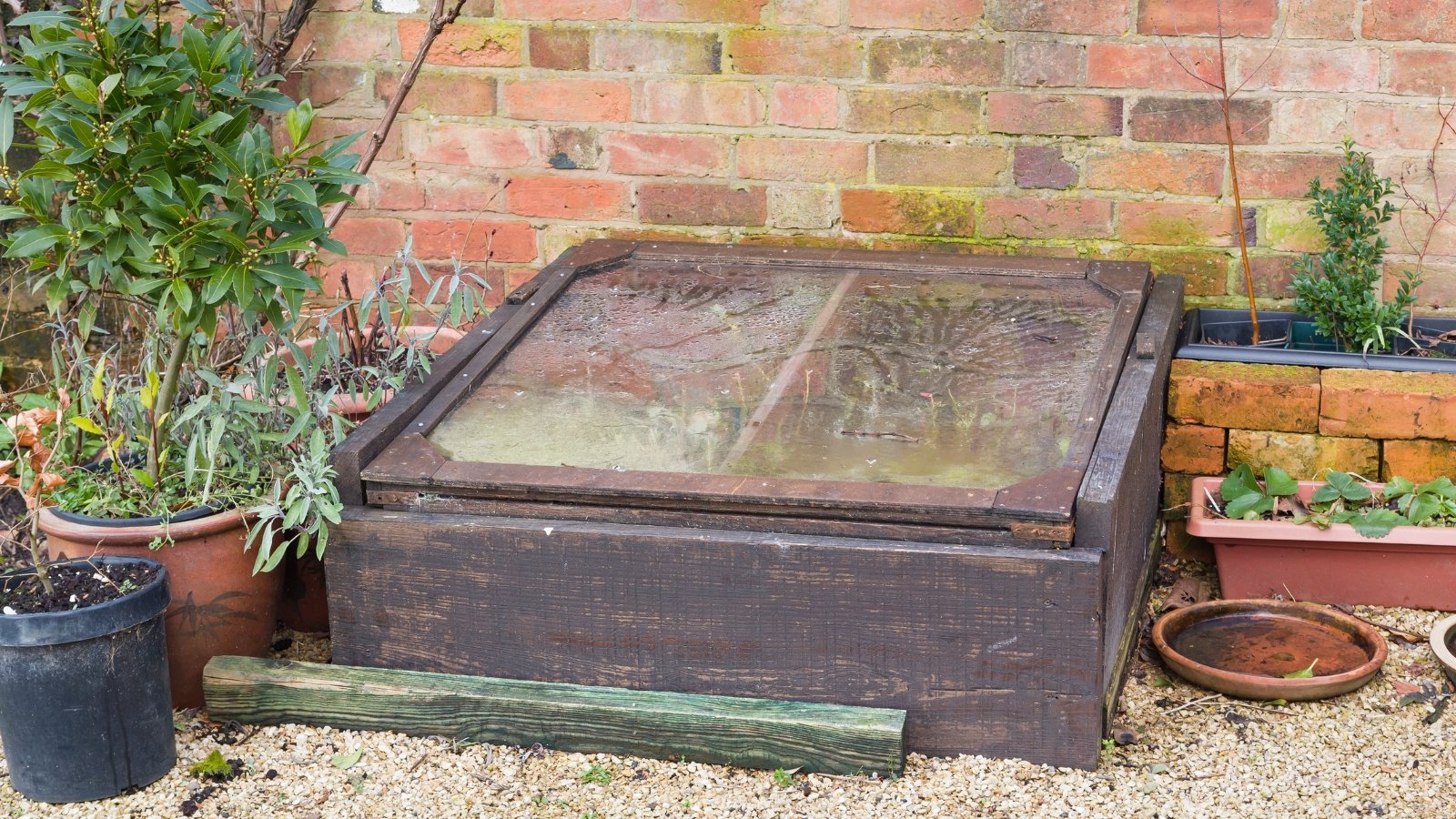

A rustic, do-it-yourself chilly physique is easy to rearrange using straw bales to sort 4 partitions. Place an earlier window, thick plastic, or piece of plexiglass on prime to allow in pure gentle.
Cluster vegetation collectively all through the physique and lay the quilt in place. Confirm water needs often in the midst of the season. On warmth days, take away the very best for air move.
Show
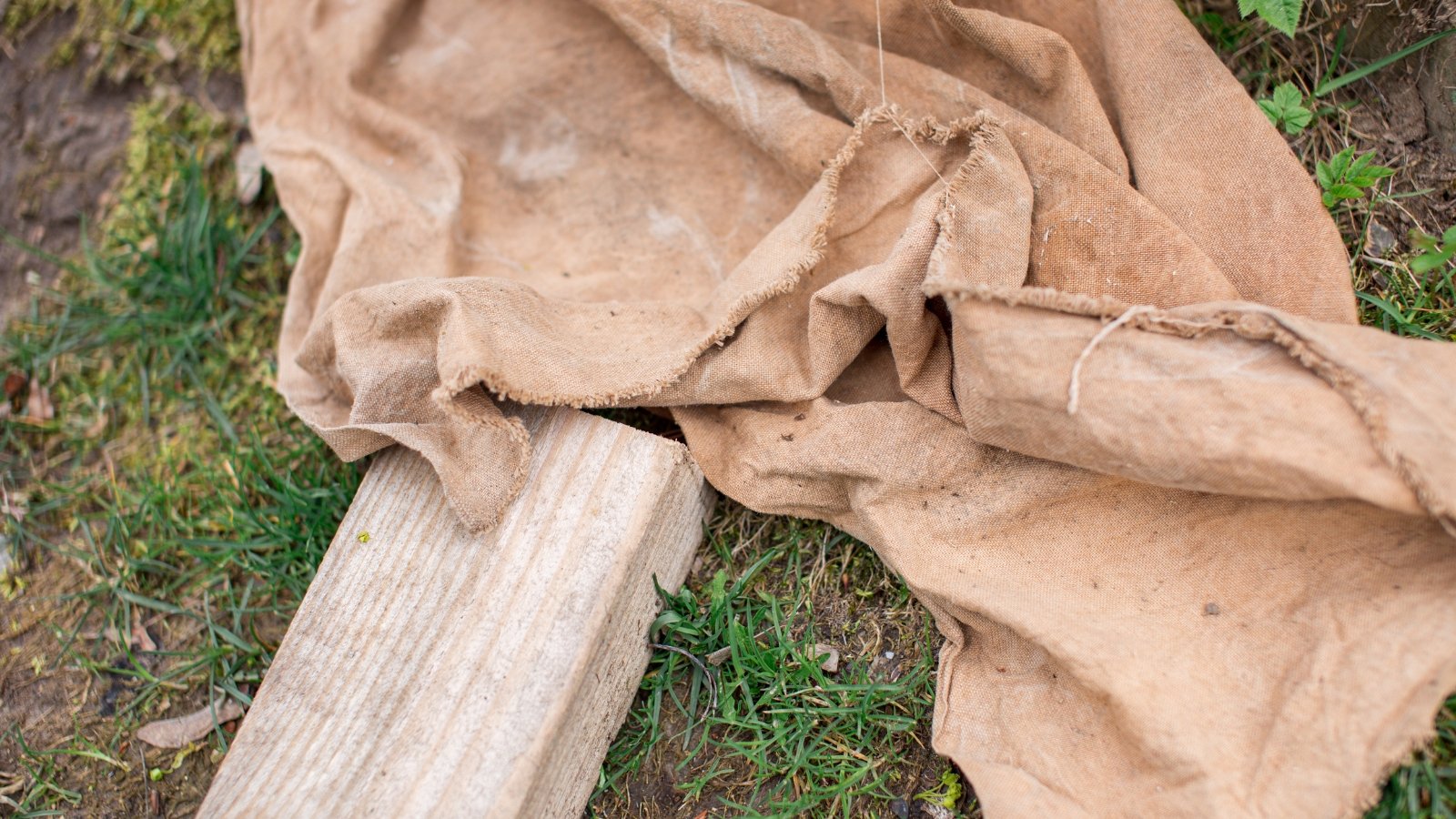

A show display screen presents security in the direction of drying winter winds. In wind-prone web sites, create a makeshift break by staking burlap throughout the uncovered sides of planted preparations. Staple the fabric onto picket stakes or tie them to rebar helps and secure them inside the flooring with a mallet. Use partitions or hedges to sort the other sides of the barrier.
Planted Storage
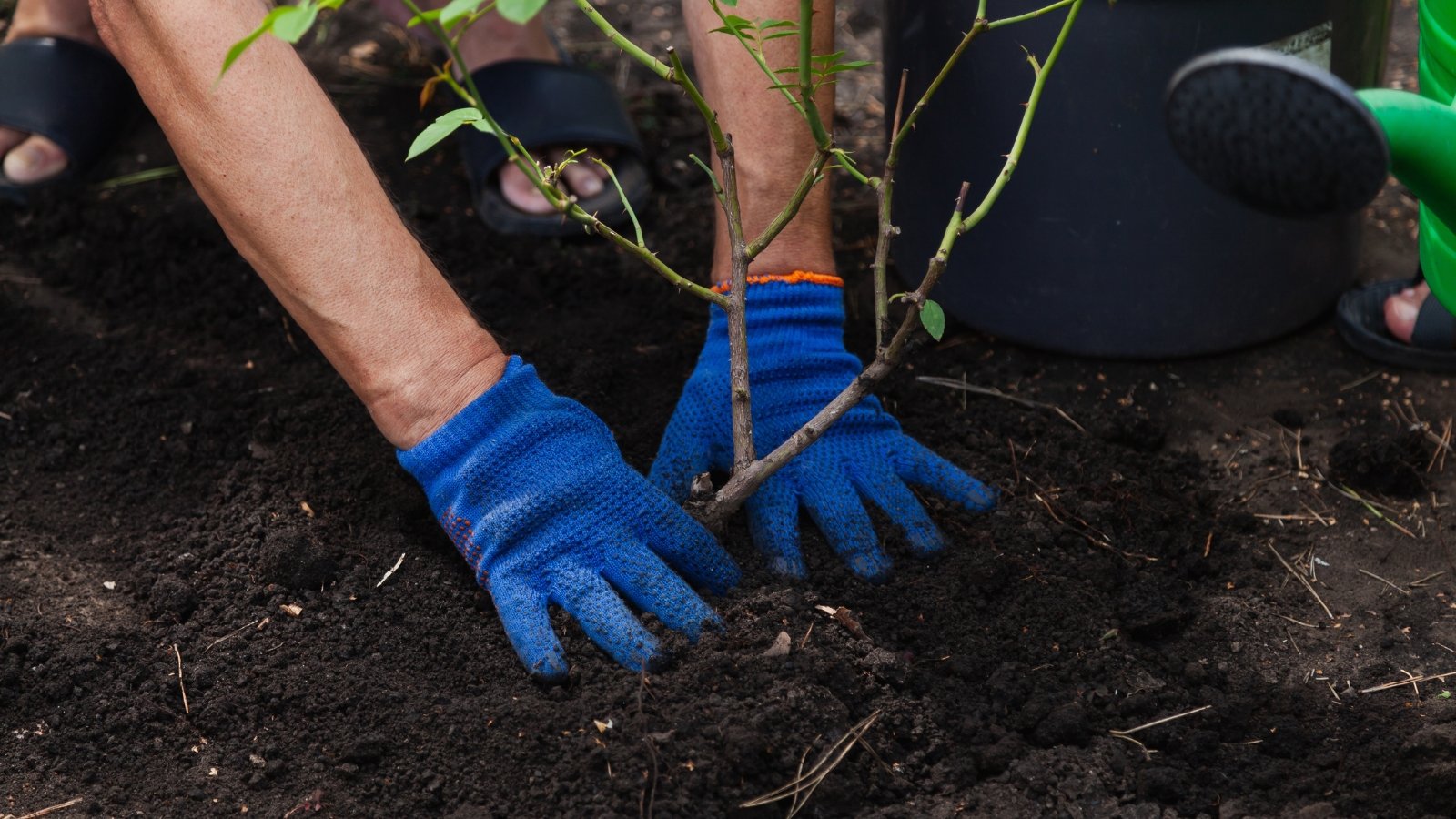

To reap some great benefits of in-ground soil mass, un-pot and plant or “retailer” the specimen inside the flooring. Come spring, repot it for its container present. Yard storage could also be a useful trick if the plant is ready to be bumped as a lot as a much bigger pot, making the timing helpful. Get it inside the flooring sooner than the first frost and topdress generously with mulch.
Trenching is one different technique for larger shrubs like roses, the place your complete pot and plant are turned on their facet, positioned in a trench, and lined. A lined trench insulates every the branches and container roots. Herbaceous perennials couldn’t require such measures, nevertheless if in case you will have a giant plant to protect, prune it once more and try this in extreme conditions.
[ad_2]
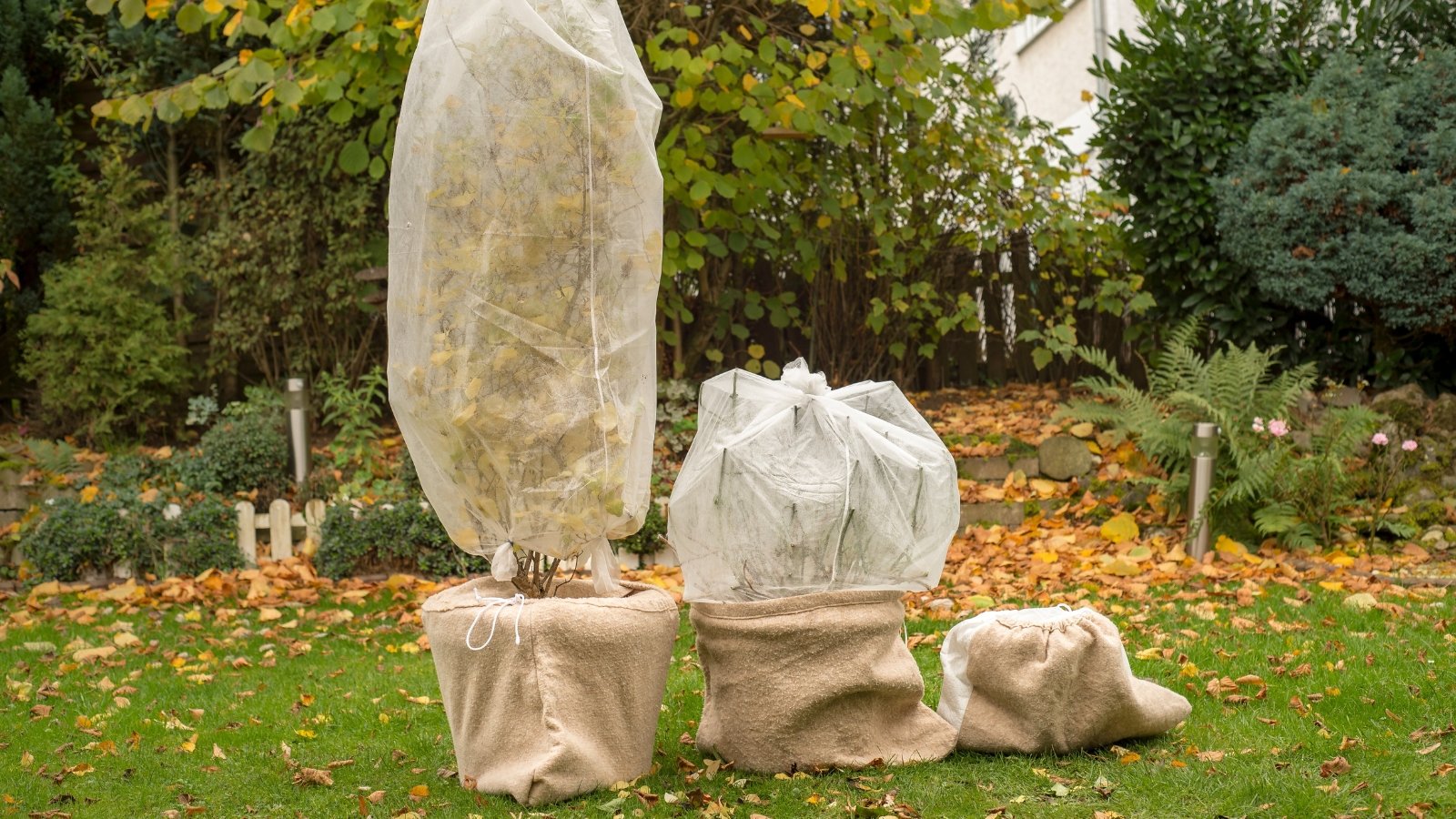
I’ve always struggled with overwintering my tropical plants, so the tips about moving them indoors were especially relevant for me. The reminder about indoor light requirements is something I often overlook as well.
I found the section on grouping pots together quite helpful. It seems like a practical way to provide extra warmth for more delicate plants. I’m considering trying this method with my own container garden this winter.
This article provides some insightful tips on overwintering container plants. The suggestions for insulation and placement are particularly useful. It’s interesting to see how much care is needed to protect these plants during the colder months.
This article thoroughly covers various methods for protecting container plants during winter months. The suggestions range from simple wraps to more elaborate cold frames, providing options for different gardeners’ needs and resources.
The idea of using fallen leaves for insulation is quite innovative. It makes perfect sense to repurpose natural materials to help protect plants from frost. I’ll definitely be implementing this strategy in my gardening routine.